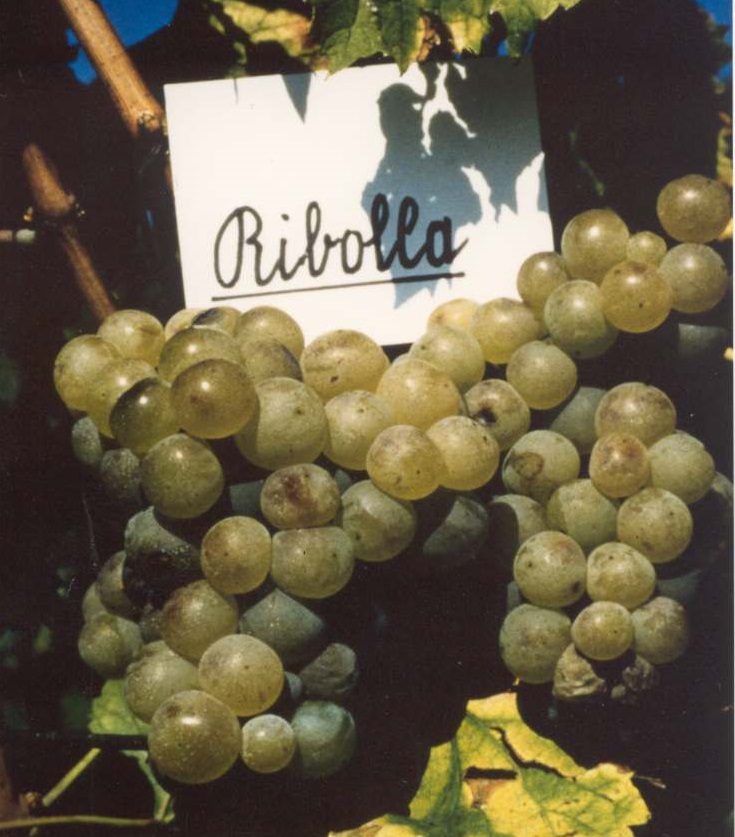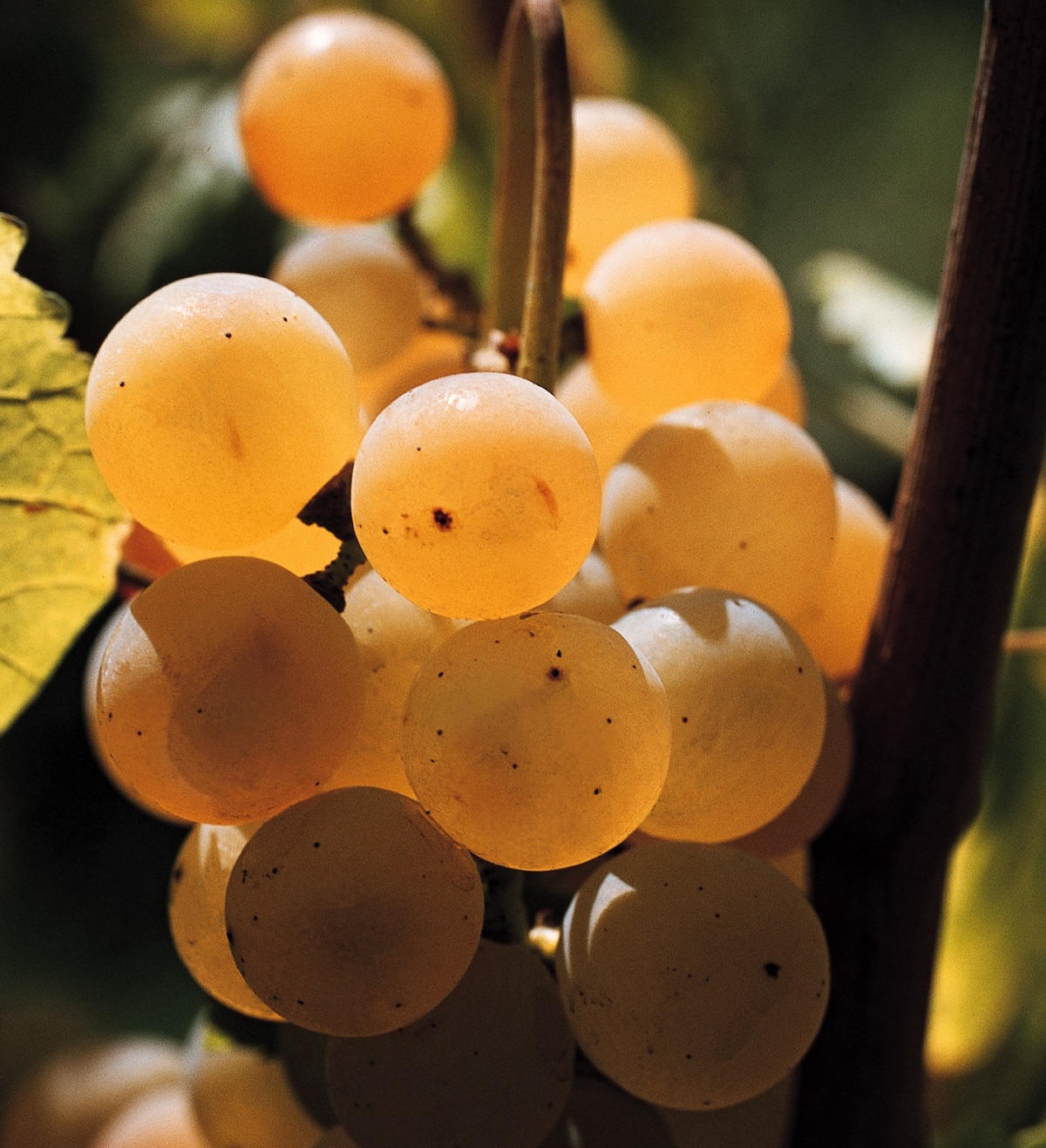Very ancient vine cultivated in Friuli Venezia Giulia in the provinces of Gorizia and Udine, in the Slovenian hills of the “Goriska Brda” and, for the past, in Istria. This is an autochthonous vine from the province of Gorizia; for some authors Ribolla would correspond to the “Avola” of the Romans. Others claim that the Roman “Pucinum” was based on Ribolla.
There are numerous historical quotations of “Vino Ribolla” as a wine of primary quality among the different wines of Collio, often used as a “representation” as a sign of homage and friendship to the illustrious characters of the moment.
In the XIII century Friuli supplied the Ribolla del Collio to the Republic of Venice. Ribolla was offered as a sign of devotion to the lieutenants on their first entry into the city, or devotion to distinguished personalities visiting them. The fame of the Ribolla was thus able to expand, so that towards the end of ‘300 the “Rainfald” was variously praised by chroniclers and German poets. Boccaccio himself cites Ribolla in his indictment against the excesses of the throat.
The German predilection for this wine brings Duke Leopold III of Austria to ask to insert in the act of dedication of the city of Trieste a clause that obliges the city to supply it annually with 100 orne (approximately 80 liters each) of the best Ribolla wine.
In times closer to us – towards the end of ‘700 – Ribolla production is among the first among the white wines of Friuli. After the period of obscurantism caused by Fillossera, by the enthusiasm and perhaps by the curiosity raised by wines from beyond the Alps, Ribolla is now recovering its right size.




Application
Since ancient times Ribolla has been used almost exclusively for vinification except for small quantities, known above all under the name “Rabuelat”, used for direct consumption. After the splendor and renown enjoyed by Ribolla wine in the past centuries, at the beginning of the ‘900 the dark times began for this wine, enjoying between the two wars a very modest qualitative reputation. This in the last century caused a strong contraction of its area of diffusion, in favor of new more qualitatively valued vine varieties. Today, with the advent of the new winemaking techniques, supported by the highly functional modern equipment the technician can dispose of, Ribolla wines are obtained of considerable interest as they are set on a quality oenology, starting from accurate vinifications obtained decidedly “in white” and with the preservation of wine in stainless steel tanks (but there are also positive surprises of Ribera macerated and aged in wood). All this is essential to protect such a “drinkable” wine, from the harmful oxidizing actions of an irrational winemaking. The wine is however to be considered young and to be used within one to two years after the vinification. Ribolla gialla is also used in the grapes for its “neutrality” and the high level of constitutional acidity. In purity it shows all its pleasant freshness (white vinification, aging in steel, thermal control) which makes it an ideal partner with all fish based starters. It should be served fresh (about 10-12 degrees). Ribolla is a good base for the production of sparkling wines, both with the “Charmat” method (above all) and “Classico”. It should also be remembered the interesting, though limited, use of the Ribolla marc for the preparation of a grappa of excellent quality. In conclusion, Ribolla Gialla and its sparkling wine is the wine that has witnessed and participated in the history of the Friulian people of the last seven hundred years; he has often played a leading role and will certainly be one of the “flag wines” of Friuli Venezia Giulia for the future.
Claudio Fabbro

